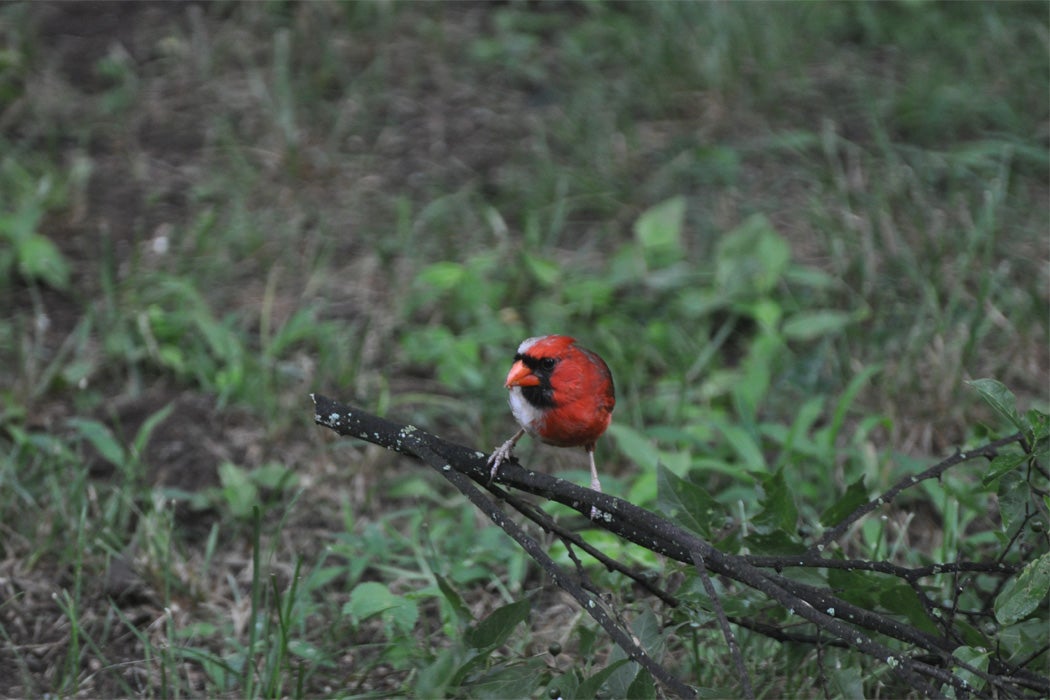A Pennsylvania couple spotted one of the world’s most unusual birds in their backyard feeder. The northern cardinal looked like it was painted down the middle: one half was the brown of a female cardinal, and one half had the bright red plumage of a male. This unusual specimen is called a gynandromorph; half the animal is male and half the animal is female. Gynandromorphy is an extremely rare condition observed in a variety of insects, snakes, crustaceans, and birds.
Gynandromorphy can manifest in at least three forms, according to biologist Janice L. Krumm in the Journal of Crustacean Biology. Some, like the cardinal, are bilateral, meaning that the male/female divide is right/left. Gynandromorphy may also be axial (front/back) or mosaic, when an animal is a patchwork of male and female. It is easiest to see in organisms where males and females have obviously distinct characteristics, which is why many of the observed cases are birds, butterflies, and moths. Given how hard gynandromorphy is to detect, it may be more common than we realize. Krumm, for example, studied fairy shrimp, and could only determine gynandromorphy through careful anatomical measurements.
The cause varies. Krumm believes that gynandromorphy in shrimp results from an epigenetic change that takes male cells and turns them female. In birds, gynandromorphy seems to arise from an improper cell division early in development.
The differences are more than cosmetic. Researchers Robert J. Agate et al. note the brain of a gynandromorph finch was half male and half female. In most birds, hormone secretions help determine the sex of the brain. In the finch, the whole brain had received the same hormones but was still divided into male and female halves. Sex determination of the brain cells themselves defined the final form of the brain. The part of the brain responsible for song was also divided into male and female, but overall it was slightly more male. Hormones, then, seem to play a secondary role in gynandromorphic brain development.
Once a Week
Gynandromorphic birds are so rare that most of what is known about their behavior comes from a single cardinal that frequented Rock Island, Illinois, starting in 2008. Given a sample size of one, it is impossible to say if this bird’s behavior is typical, but the bird lived a mostly normal life. As far as the researchers could tell, however, it never called, sang, or had a mate.







